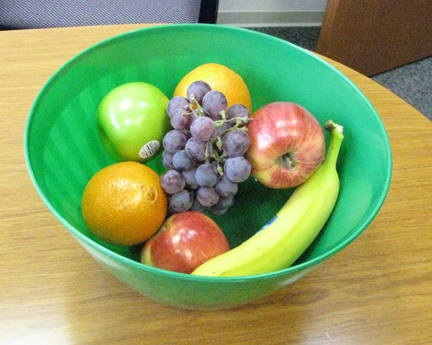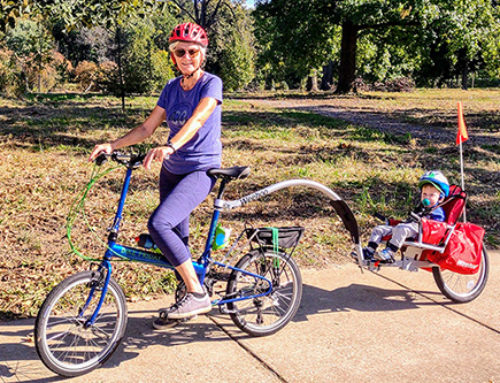The greatest wealth is health. ~Virgil

Is it possible to eat healthy on a budget?
I often hear that it's not. Groceries seem so expensive, especially fresh foods. But there are solutions to eating healthy without breaking the bank.
Eating nutritious foods actually saves money in the long run because it can prevent chronic illness, which is much more expensive. Medical bills, copays and medicines to manage chronic illnesses are very costly. Quality of life and productivity are also impacted. Chronic illness can eventually cost your life.
Healthy eating doesn’t have to break the budget. It requires a lifestyle change. It simply takes some planning and reframing how we look at food and plan our days. Instead of buying what we eat at the last minute, we just need to plan ahead. For example, when a banana costs $1 at the gas station and only a quarter at the grocery store, it’s worth it.
There are many strategies for eating healthy on a budget:
- Drink lots of water and invest in a water filter if needed. Water from the tap is basically free!
- Prepare your own snacks when you leave the house, so you are not tempted to buy food on the run.
- Eat out less often and prepare your own meals.
- Cook meals for the week and freeze in small containers so you have meals ready to eat for dinner and take for lunch.
- Be creative with leftovers – don’t throw away food if you can avoid it. Freeze leftovers for later.
- Make a plan together as a family: have each person in the family list favorite fruits, vegetables, whole grain foods and snacks.
- Search for coupons: newspaper inserts, grocery store fliers and online.
- Search for sales. Buy food items in bulk, compare store (generic) instead of name brand products and buy foods on sale and freeze them.
- Create a shopping list for the items you need and stick to it, so you won’t be tempted by processed foods.
- Find one or two stores with the lowest costs, and shop only there. It saves time and transportation money.
- Buy fruits and vegetables in season. It’s often cheaper and they taste better. Some produce is affordable year round, like beans, carrots, apples and bananas.
- Buy steak and fresh fish less often, and opt for low-cost sources of protein: cottage cheese, beans, eggs, milk and canned tuna.
- Eat whole (versus processed) foods. They cost less and are more nutritious.
- Host potlucks with friends or family. Invite each person to bring a healthy dish, so nobody has to buy and prepare all of the food for a meal.
When we buy highly-processed, low cost foods, we are actually wasting our money. These foods may taste good, but they lack nutrients. If you buy a bag of chips for less than a banana, you may be paying less for a quick snack, but you will be hungry again sooner because the chips have fewer nutrients.
So, what is the real cost of eating healthy on a budget? By eating healthy, you will gain more energy, higher productivity, higher quality of life and a longer life. And that is priceless.
For more information on how to make healthier choices, download one of our new Healthy Living Guides created with support from WellPoint Foundation. These free guides include recipes, fitness routines and more.
To find other ways to eat well on a budget, visit Choose My Plate.






